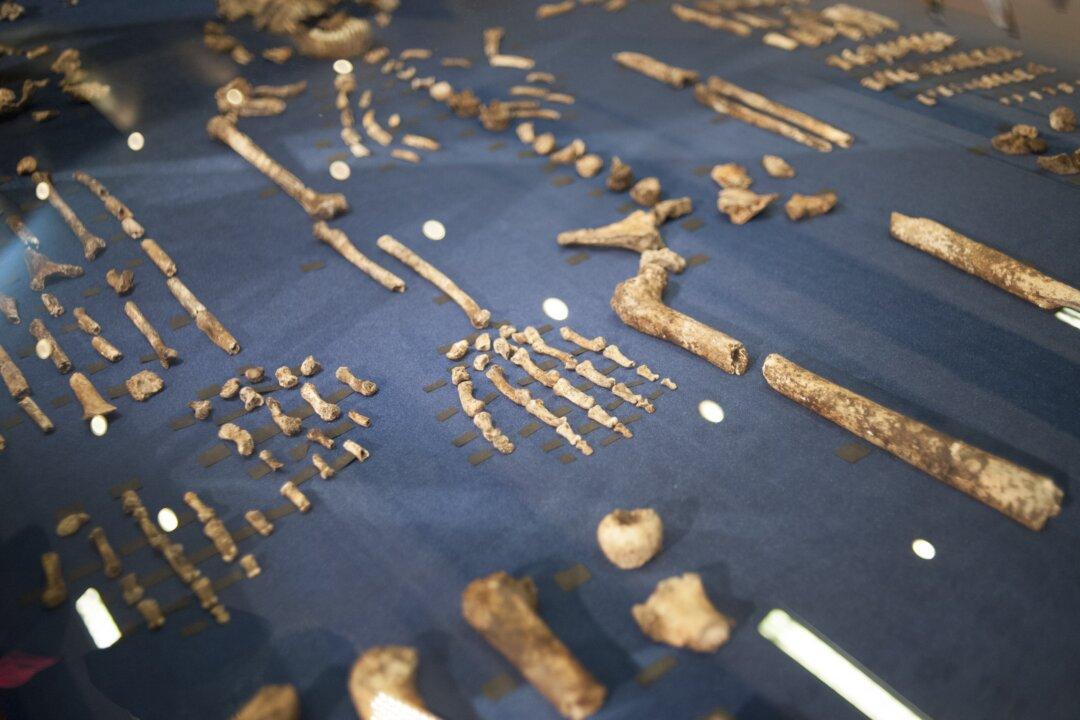A team of researchers have found new evidence suggesting that an extinct hominin species buried their dead and made symbols as part of meaning-making behaviors, actions which were until now thought to be exclusive to larger-brained hominins like Homo sapiens.
The hominin is a member of the zoological tribe hominini. Only a single species of hominins survive today—Home sapiens or human beings.





